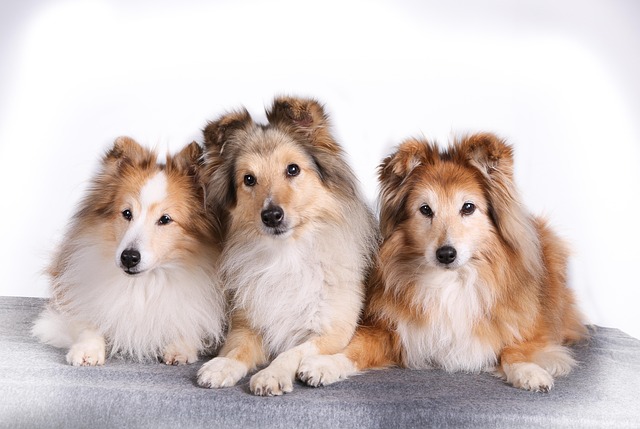
How do i train my dog to be obedient?
Watching your dog dart across the park ignoring your calls isn’t just frustrating—it can put them at risk near busy streets or public spaces.
That joyful bark greeting you at the door is heartwarming. But when barking becomes a neighborhood soundtrack every time a leaf blows by, it's stressful – for you, your dog, and probably your neighbors, especially in close-quarters apartment living common across US cities like Chicago or Seattle. Reaching for harsh methods like yelling, shock collars, or even a rolled-up newspaper isn't just ineffective long-term; it damages trust and is increasingly against local animal welfare ordinances. The better path? Positive reinforcement dog training, grounded in behavioral science. It works because it taps into what your dog naturally wants: your approval and tasty rewards, reinforcing the behavior you desire instead of punishing what you don't.
Forget dominance myths. Positive reinforcement relies on operant conditioning. Simply put, behaviors followed by something rewarding (like chicken bits or enthusiastic praise) are more likely to be repeated. To tackle barking, first become a detective. What's the trigger? The mail carrier? Squirrels? Loneliness? Jot down patterns for a few days. Armed with this insight, arm yourself with irresistible treats – think real meat or cheese, not just kibble. Here's the practical magic: wait for a brief pause in the barking, even just a second of quiet. Instantly mark that exact moment with a clear, happy "Yes!" or a clicker, then deliver the treat. You're teaching your dog that silence pays. Gradually, introduce a cue like "Quiet" as they pause. Start practicing during calm moments first, then gradually up the distraction level. Consistency from everyone in the household is non-negotiable – mixed signals confuse your pup. Management helps too: blocking the view of trigger squirrels with window film or providing puzzle toys for boredom can reduce barking opportunities while training takes hold.

Living responsibly with a dog in the US means understanding local rules. Vaccinations like rabies aren't just good practice; they're legally required almost everywhere. Scooping poop isn't just polite; it's mandated by city ordinances, so always carry bags. Leash laws are common, especially in public parks and apartment complexes. Using aversive tools like prong collars or intimidation tactics isn't just frowned upon culturally; it's illegal in many areas and fundamentally clashes with modern, force-free training ethics embraced by organizations like the AVSAB. Being a good neighbor also means respecting shared spaces – keep barking under control, leash up in common areas, and give others space during walks. Remember, patience is key. Changing behavior takes time. Celebrate the small wins – that moment of quiet when the doorbell rings is progress! By focusing on rewards and understanding, you build a stronger bond and a genuinely quieter, calmer companion.

Watching your dog dart across the park ignoring your calls isn’t just frustrating—it can put them at risk near busy streets or public spaces.

New puppy owners often find themselves rushing to clean up accidents before they set in, and that’s where puppy pad training becomes a game-changer.

If you've noticed your dog's waistline disappearing and your veterinarian has mentioned those few extra pounds, your first instinct might be to simply reduce the amount of food in their bowl.

Training a dog to use a designated spot indoors isn’t as daunting as many new owners fear, but it does take consistency and an understanding of your pet’s needs.

That moment of dread on a walk is all too familiar for many new dog owners. You see another dog approaching down the sidewalk of your neighborhood

If the sight of another dog on your neighborhood walk makes your heart sink as your own dog erupts into a frenzy of barking and lunging, you're not alone.